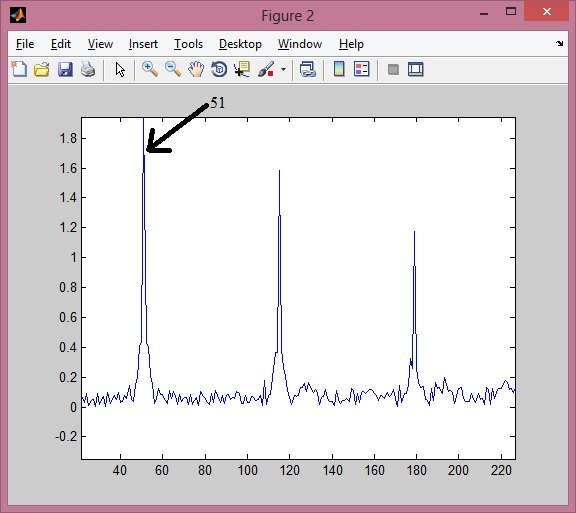Time Offset Estimation for OFDM in MATLAB
Advertisement
This article explains time offset estimation for an OFDM-based system using MATLAB. Time synchronization is crucial in both wireless and wireline communication between transmitter and receiver. Various techniques are used to achieve this, with the most common method involving the transmission of a fixed, repeated pattern (a preamble) along with the data, typically appended at the beginning. The receiver stores a copy of this preamble.
Correlation of the received packet with the stored local copy exhibits unique characteristics, which are exploited for time offset estimation in most systems.
We will explore time offset estimation for a WiMAX system, used for broadband communication between subscriber stations and base stations. WiMAX operates on various frequency bands depending on country-specific allocations and is based on the OFDM modulation concept. The WiMAX preamble consists of two symbols: the first symbol has a pattern repeated four times, and the second symbol has a pattern repeated twice. We will focus on time offset estimation based on the first symbol preamble.
When this preamble is correlated with itself, it produces four peaks, as illustrated in Figure 1. The maximum peak will be at index zero.
- Preamble Symbol-1 correlated with itself yields four peaks, while Symbol-2 correlated with itself yields two peaks. This characteristic is exploited for time offset estimation.
- In time offset estimation, the received packet in the time domain is correlated with the short preamble with CP stored locally at the receiver.
- The maximum peak is determined, and its index is found.
- This index minus one provides the time offset in the packet.
The MATLAB snippet for this process is shown below.

clc;
close all;
clear all;
CP = 64;
load file_wimaxtxpkt;
load file_wimax_preamble;
figure;
plot(abs(corr(S1_tdcp1, S1_tdcp1)));
%%%%Adding time offset%%%%%%%%%%%%
Toff = input('Enter time offset any numeric number(for example 100):');
Tx_Packet = [zeros(1, Toff), Tx_Packet];
%%%%%%Time offset estimation%%%%%%%%%%%%%%%%%%%%
cor = corr(Tx_Packet, S1_tdcp1);
[m, n] = max(cor);
t_offset = n - 1;
figure;
plot(abs(cor));
%%%%Time offset correction%%%%%%%%%%%%%%%%%%%%
Rx_pkt_corrected = Tx_Packet(t_offset + 1:end);

The received packet correlated with the local copy of the preamble will shift the maximum peak from the zero position. This shift is proportional to the amount of time offset in the received packet. This is demonstrated by the MATLAB code above.
Time Offset Correction
In the time offset correction, the samples calculated by the algorithm are skipped, and the packet without this offset is passed to the next synchronization module in the receiver, i.e., frequency offset estimation and correction.
The same concept of time offset estimation and correction is employed in WLAN, LDACS-based OFDM systems.
Download MAT Files
[Download MAT and other supporting files](link to download).
Advertisement
 RF
RF






